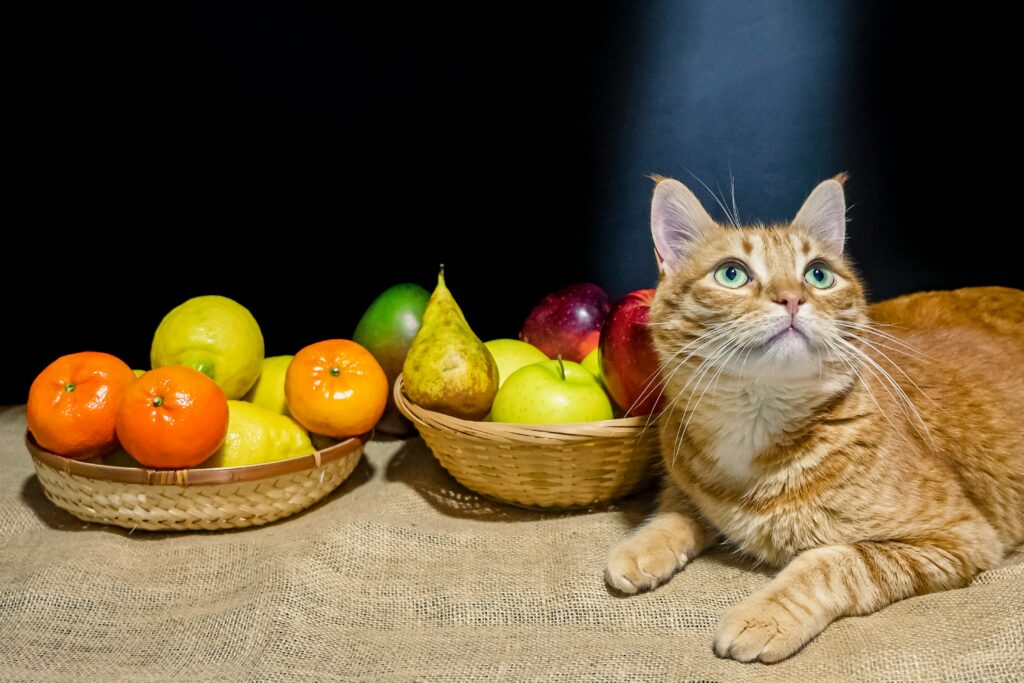Know When It’s Time to Change
Pets can’t tell us when something feels off, but their bodies usually send signals. If your cat or dog suddenly looks dull around the edges dry coat, patchy shedding, or weight swinging up or down it might be more than just a grooming issue. Low energy or seeming disinterest in food or play can also point to diet problems.
Digestive red flags are common clues too. We’re talking about anything from frequent vomiting and loose stools to unusual gas. Skin irritation, constant itching, or licking at paws? Also signs that something in the current food might not sit right.
Veterinarians often recommend a diet change when pets show ongoing symptoms despite no clear illness or environmental trigger. Age, breed specific needs, recent medical changes, or even a lifestyle switch like reduced exercise can justify changing what’s in their bowl. Food isn’t just fuel it’s a key part of preventive care. The right diet can go a long way toward supporting energy, healthy weight, soft skin, and a smoother digestion routine.
Go Slow, Not Cold Turkey
Changing your pet’s diet isn’t something to rush. A sudden switch can throw their digestive system into chaos. We’re talking vomiting, diarrhea, loss of appetite the kind of mess no one wants. Your pet’s gut needs time to adjust to new ingredients and nutrient ratios. That’s why a gradual transition is the smart way to go.
Here’s a proven 7 10 day roadmap to ease the shift:
Days 1 3: 25% new food, 75% current food
Days 4 6: 50% new, 50% current
Days 7 9: 75% new, 25% current
Day 10+: 100% new food
Keep an eye on how your pet responds each step of the way. If they get gassy, sluggish, or have loose stool, pause the transition. Hold steady at the current mix for a couple of days before trying to increase the amount of new food again. Every animal is different so don’t be afraid to slow down if things feel off.
Bottom line: gut health doesn’t like surprises. Keep it predictable, go slow, and adjust as needed.
Read the Label Like a Pro
Pet food marketing can be loud, but the label tells the real story. First, look at the protein source. Ingredients like “chicken” or “salmon” are better signs than vague phrases like “meat meal” or “animal byproduct.” That doesn’t mean byproducts are evil it depends on quality but clear labeling gives you more control over what your pet eats.
Fillers like corn gluten meal, wheat middlings, or soy products show up a lot. They’re not always harmful, but they usually bulk out the food without offering much sustained nutritional value. Dogs and cats thrive on protein dense foods, not just carbs that keep the kibble cheap.
Next stop: “complete and balanced.” This isn’t just buzz it means the food meets minimum nutrition levels as set by AAFCO (Association of American Feed Control Officials). You want to see an AAFCO nutritional adequacy statement on the package. Phrases like “formulated to meet AAFCO nutrient profiles” or “feeding tests show…” are green flags. They indicate the food supports life stage requirements (puppy, adult, senior) and overall health.
Bottom line: ingredients tell you what’s inside, but AAFCO tells you if it’s enough. Check both.
Watch For Red Flags

Changing your pet’s diet is a smart move but not every switch lands smoothly. Keep your eyes open for signs that the new food isn’t sitting right. If your dog or cat starts having regular tummy issues like vomiting, diarrhea, or excessive gas, it’s a strong hint something’s off. These aren’t just minor hiccups. Left unchecked, they can lead to dehydration or deeper gut problems.
Energy swings are another red flag. If your normally perky pup is suddenly sluggish or your laid back cat goes into overdrive it might be due to how they’re processing their new meals. Nutrition impacts metabolism fast, and sudden changes in behavior can trace straight back to the bowl.
Then there’s the skin check. Red patches, itching, excessive licking, or dull fur can all signal a bad reaction to an ingredient in the new diet. Sometimes it’s an allergy, other times it’s just poor nutrient absorption.
If any of these symptoms show up, don’t power through hoping they’ll pass. First step: slow down the transition. Go back to a gentler blend of old and new food for a few more days. If that doesn’t improve things, it’s time to talk to your vet. They can help you troubleshoot and test for sensitivities before trying again.
Every pet reacts differently so stay flexible, watchful, and responsive.
Mind the Allergens
Allergies in pets can be sneaky. One minute your dog’s fine, the next it’s scratching non stop or dealing with messy stomach issues. When it comes to food related triggers, the usual suspects are beef, dairy, wheat, and chicken. These are common ingredients in many commercial pet foods, and ironically, also some of the top allergens.
One smart approach: simplify the menu. Bland diets made with minimal ingredients help calm the digestive system and reduce inflammation. Another option gaining ground is hydrolyzed protein. This means proteins are broken down so small that the immune system doesn’t recognize them as a threat. It’s not flavorful, but it gets the job done.
The trick is not to overhaul your pet’s diet all at once. First step: isolate the current issue by switching to a diet with proteins and carbs your pet hasn’t eaten before. Give it time. Once symptoms improve, you can slowly reintroduce potential offenders one at a time to pinpoint the culprit. Rushing only muddies the waters.
For more on identifying triggers and smart alternatives, check out this guide on pet allergy management.
Pro Tips for a Successful Switch
Start by blending new and old foods thoroughly don’t just layer them in the bowl. Pets notice texture and smell, and proper mixing makes the new stuff less suspicious. It helps them ease into the change without triggering stress or picky behavior.
Feed at consistent times. Your pet’s digestion runs on rhythm more than impulse. A steady feeding schedule supports better gut performance and makes transitions smoother. Whether it’s 7 a.m. or 6 p.m., stick to it.
Keep a journal. Nothing fancy just note down any changes in poop, energy, appetite, or mood. A few sentences a day help you catch early trouble or confirm progress. It’s useful info for both you and your vet.
Lastly, hydration shouldn’t be an afterthought. New foods, especially dry kibble, can increase the need for water. Always offer fresh, clean water. Some pets prefer bowls in quiet spots. It’s a small detail, but it matters.
Final Word: Every Pet Is Unique
There’s no universal roadmap when it comes to changing your pet’s diet. What works for one dog or cat might completely miss the mark for another. Watch closely for shifts in energy, appetite, and behavior. Even small changes can tell you if the new food is helping or hurting.
Stay patient. Trial and error is part of the process. Keep a log. Stick to feeding times. Don’t panic if it takes a couple weeks to see improvement. And if your gut says something’s off, call your vet. They know what questions to ask, and what signs to prioritize.
If your pet has struggled with chronic food issues or sensitivities, it’s worth diving deeper into extended strategies. Start with this guide on pet allergy management. It covers how to identify triggers, choose alternatives, and make decisions that last.

 Rudylier Alejandrosh, the visionary founder of Animal Potty Care, created the platform out of a deep passion for improving pet care solutions and enhancing the relationship between pets and their owners. With years of experience as a dedicated pet enthusiast, Rudylier recognized the challenges pet owners face in managing their pets' behavior, especially in areas like potty training and travel care. His commitment to making pet ownership easier and more enjoyable is reflected in the resources and guidance provided on the platform, which empowers pet owners with practical tips, innovative solutions, and a better understanding of their pets' needs.
Rudylier Alejandrosh, the visionary founder of Animal Potty Care, created the platform out of a deep passion for improving pet care solutions and enhancing the relationship between pets and their owners. With years of experience as a dedicated pet enthusiast, Rudylier recognized the challenges pet owners face in managing their pets' behavior, especially in areas like potty training and travel care. His commitment to making pet ownership easier and more enjoyable is reflected in the resources and guidance provided on the platform, which empowers pet owners with practical tips, innovative solutions, and a better understanding of their pets' needs.